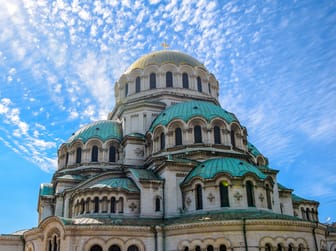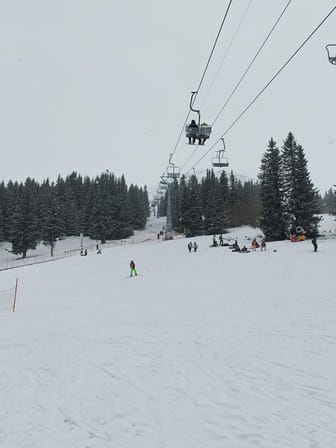Sveta Nedelya Church
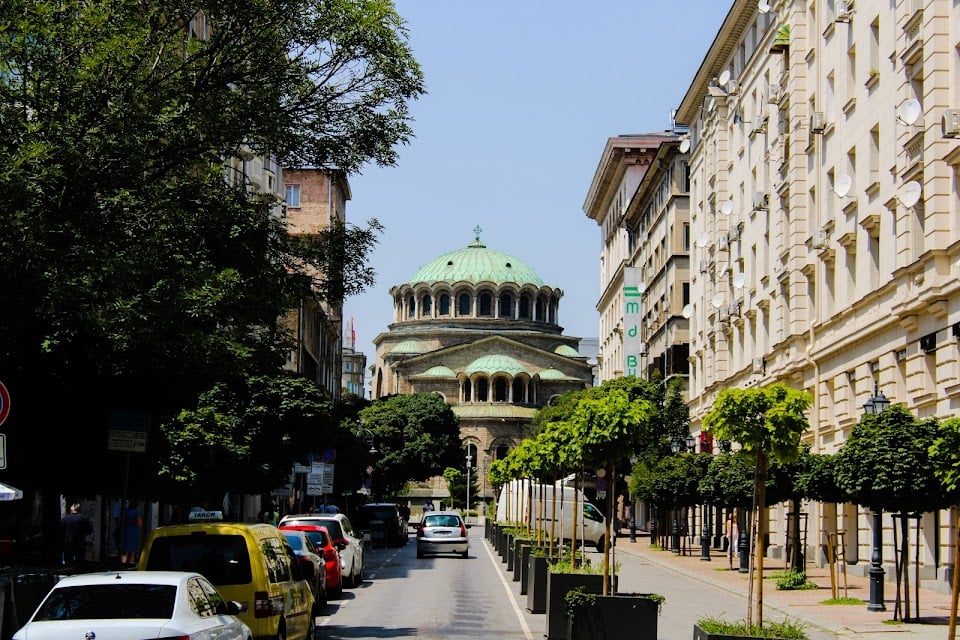
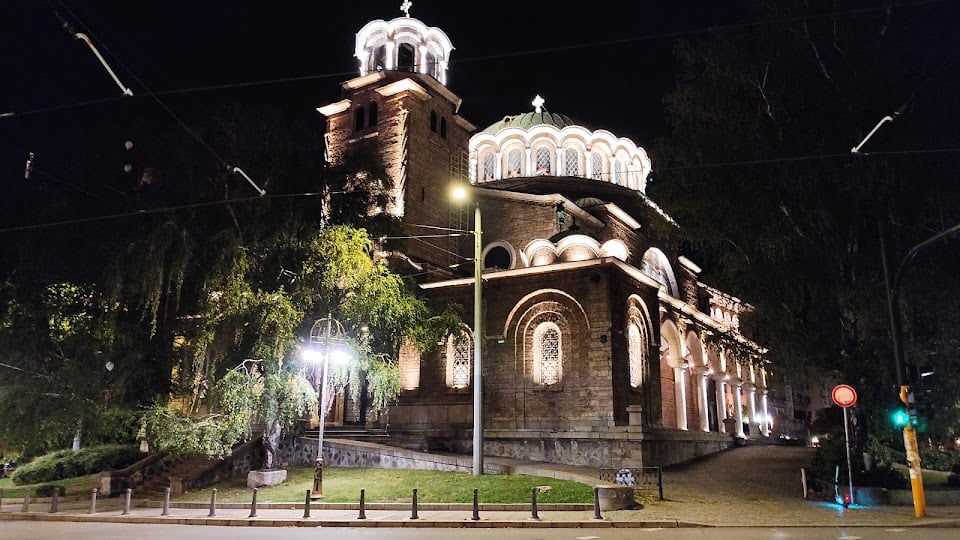
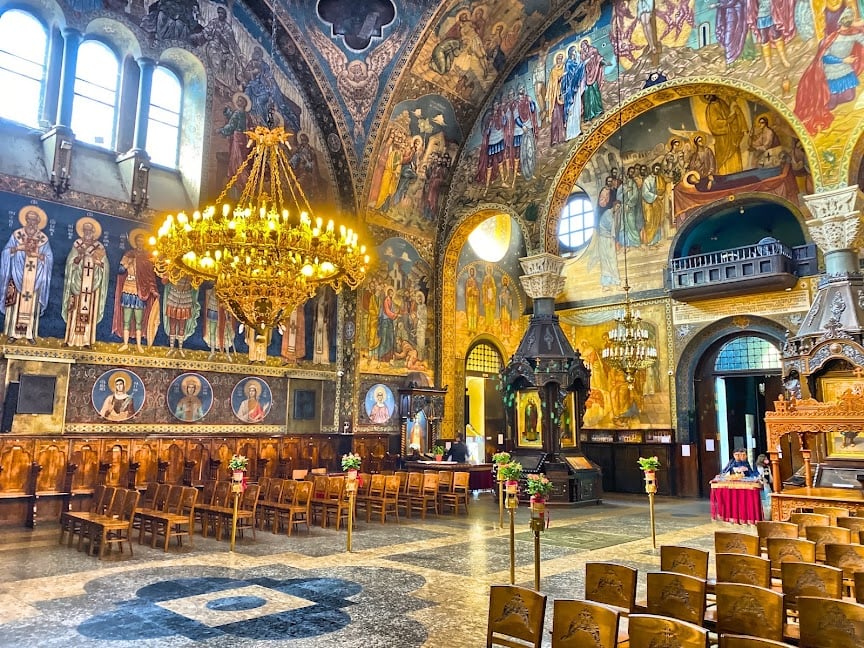
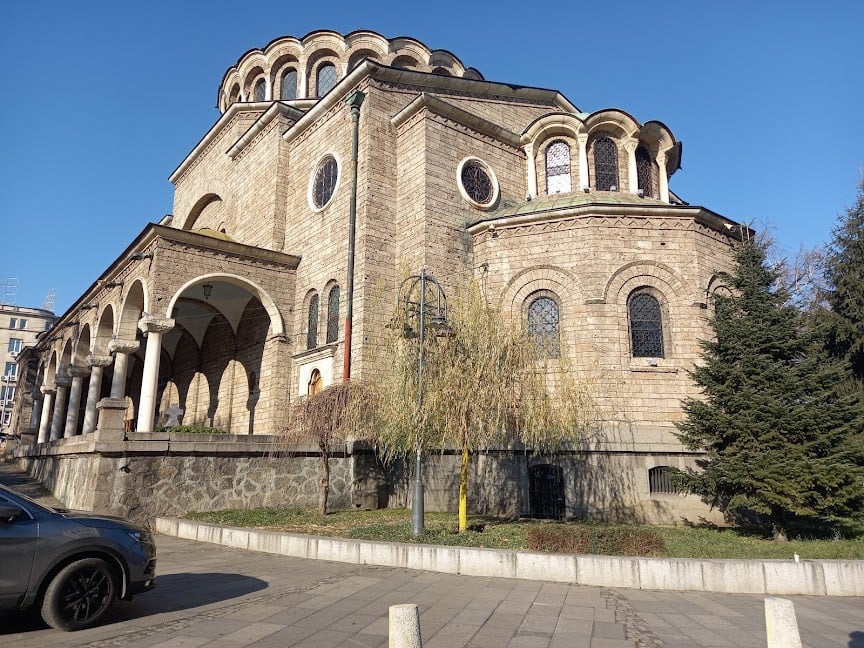
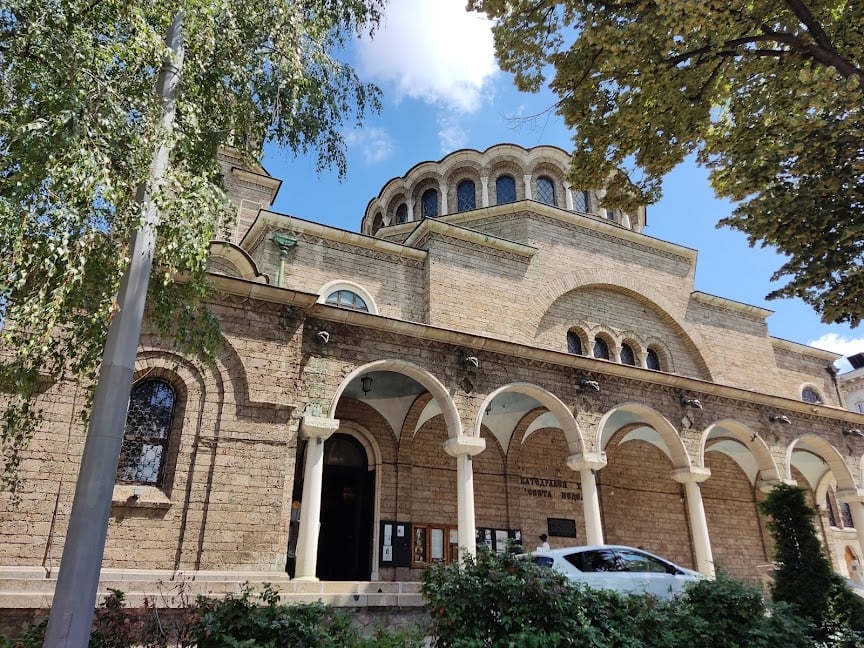
Ask ThatchGPT
Suggest a local expert to plan my trip
Suggest an unique itinerary for my Sofia trip
What foods do Sofia locals eat
What are some true hidden gems in Sofia
Help me brainstorm trip ideas for Sofia
Help me plan a family-friendly trip to Sofia
What people say
Pedro Pereira
Available for hire
"It serves as the cathedral for the Sofia bishopric. The church's origins date back to the 10th century, and it has played a significant role as a religious center for the city. However, due to multiple destructions over the centuries, it has been reconstructed several times, with its current structure being a major landmark in Sofia. The present design is attributed to the famous Bulgarian architectural duo Vasilyov-Tsolov, and the cathedral houses the relics of Serbian king Stefan Uroš II Milutin.
Much of the early history of Saint Nedelya Cathedral is shrouded in mystery. It was likely constructed in the 10th century with stone foundations but was primarily a wooden structure until the mid-19th century, unlike most churches in Sofia. The first recorded mention of the church was by the German traveler Stephan Gerlach in 1578.
The relics of King Stefan Uroš II Milutin were brought to Bulgaria around 1460 and eventually enshrined at St. Nedelya when it became a bishop's residence in the 18th century. Since then, the church has been known by another name, "Sveti Kral" ("Holy King"), in the late 19th and early 20th centuries, reflecting its connection to the Serbian king's remains.
In 1856, the original church building was demolished to make way for a larger cathedral. Construction began that summer, but an earthquake in 1858 delayed the project. The new church was completed in 1863 and officially opened in 1867, with a grand ceremony attended by 20,000 people. A belfry was added in 1879 to house eight bells gifted by Russian Prince Alexander Mikhailovich Dondukov-Korsakov. The church underwent renovations in 1898, with new domes being added.
Tragedy struck the church in 1925 when a bomb attack destroyed much of the structure and claimed over 150 lives. Restoration efforts began in 1927 and were completed in 1933, with the church almost entirely rebuilt. The restored structure measured 30 meters in length and 15.5 meters in width, with a central dome reaching a height of 31 meters. The church’s gilt iconostasis, which survived the bombing, was returned to its original place.
The mural decoration was completed between 1971 and 1973 by a team led by Nikolay Rostovtsev. Further renovations were undertaken in the 1990s, including a new floor and the glazing of the north colonnade. The church’s façade was thoroughly cleaned in 2000, and an automatic system was installed to ring the church’s eleven bells, including the original eight from Knyaz Dondukov-Korsakov.
The origin of the church’s name, Sveta Nedelya, is somewhat ambiguous. It can be interpreted as "Holy Sunday," "Saint Nedelya," or "Saint Sunday," depending on the etymological approach. According to a 1578 account by Stephan Gerlach, the church was known by various names, including "The Lord's Church" and "Jesus Christ Church." The name Kyriaki, which means "Sunday" in Greek, refers to both "the Lord's Day" and a third-century Christian martyr, Saint Kyriaki, known in Bulgarian as Sveta Nedelya. Thus, the name could originally have referred to the martyr or ultimately to Jesus Christ."
The Baroudiz
Available for hire
"This church has an interesting story, the short version of it is: back in the days communists wanted to kill the king of Bulgaria, so they invited all the army generals and Politian's to an event at the church, but what no one knew is that the communists hid a bomb in the dome, hoping to kill the king! But that day the king was running late to the event and the bomb exploded killing almost 200 people in the church, but not the king! That's where the famous saying in Bulgaria came: "to be late is great" "
Read more in:
Silvia De Caro
Available for hire
"The church of Sveta Nedelya (Santa Domenica ) is dedicated to a 3rd century martyr, canonized by the Orthodox church.
👣How to get there: reachable on foot from Banya Bashi Mosque (350m- 5min). Metro stop: Serdika, lines M1 and M4.
🎟️Ticket cost: free
‼️If you want to take photos you have to pay 5,00 BGN (€2,50)."
Read more in:
Mentioned in these guides
About Sveta Nedelya Church
Get the inside scoop on Sveta Nedelya Church from local experts, travel creators, and tastemakers. Browse genuine trip notes, Sveta Nedelya Church reviews, photos, travel guides, and itineraries from real travelers and plan your trip with confidence.
Phone
Save this spot for later or start mapping out a new trip today
Try our AI Travel Assistant and get instant answers to any questions about your trip.
Ask ThatchGPT

